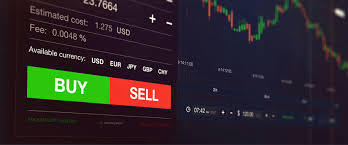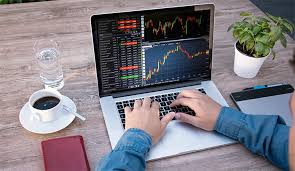
Forex trading is a complex activity that involves buying and selling currency pairs to profit from fluctuations in exchange rates. One of the key aspects that can heavily influence the success of a forex trading strategy is the timing of trades. Understanding forex trading times Pakistan Brokers and the optimal times to engage in trading can be crucial for both amateur and professional traders.
Introduction to Forex Trading Times
The global forex market operates 24 hours a day, five days a week, allowing traders from all over the world to participate at their convenience. However, not all hours are created equal in terms of volatility and trading action. Certain periods of the trading day witness significantly more activity, which can lead to better trading opportunities.
Major Forex Trading Sessions
Forex trading is typically divided into four major sessions based on the global financial centers:
- Tokyo Session (Asian Session): Opens at 00:00 GMT and closes at 09:00 GMT
- London Session (European Session): Opens at 08:00 GMT and closes at 17:00 GMT
- New York Session (North American Session): Opens at 13:00 GMT and closes at 22:00 GMT
- Sydney Session: Opens at 22:00 GMT and closes at 07:00 GMT
The Overlap of Trading Sessions
One of the most important aspects of forex trading times is the overlaps between trading sessions. The most notable overlaps that traders watch are:
- London and New York Overlap: From 13:00 to 17:00 GMT
- Tokyo and London Overlap: From 08:00 to 09:00 GMT
During these overlapping hours, market volatility tends to increase, which presents more trading opportunities. This is because a larger number of traders from multiple financial centers are active at the same time, leading to higher liquidity and more significant price movements.
Understanding Market Volatility
Market volatility is a measure of how much the price of a currency pair fluctuates over a given period. During periods of higher volatility, traders may have opportunities for larger profits, but they also face higher risk. Here are some factors that can affect market volatility:

- Economic Calendars: Key economic announcements such as GDP figures, employment statistics, and interest rate changes can significantly impact volatility.
- News Events: Political developments, natural disasters, and unexpected events can lead to abrupt changes in currency prices.
Traders often use calendars to stay informed about upcoming economic events, enabling them to anticipate potential volatility spikes during their trading sessions.
Best Times to Trade Forex
Identifying the best times to trade forex involves considering both market hours and the economic calendar. Here are some guidelines:
- Trade during the London and New York overlap for maximum liquidity and volatility.
- Monitor scheduled economic news releases that may lead to significant price movements.
- Avoid trading during low-activity periods, such as the middle of the Asian session or around major holidays.
Trading Strategies Based on Time of Day
Different trading strategies can be applied depending on the time of day. For instance:
- Scalping: This strategy benefits from high volatility, making the overlap of London and New York sessions ideal.
- Day Trading: Traders may focus on opening positions during active sessions and closing them by the end of the trading day.
- Swing Trading: This long-term strategy may involve choosing trades based on broader market movements across multiple sessions.
Conclusion
Understanding forex trading times and the global trading sessions is critical for creating a successful trading strategy. By focusing on key overlaps, monitoring economic news, and aiming to trade during periods of high volatility, traders can significantly enhance their trading outcomes. Success in forex trading is not only about the strategy used but also about timing your trades correctly. Whether you are a novice or a seasoned trader, incorporating this knowledge into your trading practice can yield profitable results.
Final Thoughts
As you embark on your forex trading journey, remember to take time to analyze how forex trading times can fit into your overall strategy. Leverage tools provided by brokers and online platforms to optimize your trading schedule. Continuous learning and adapting to market changes will be vital to thriving in the dynamic world of forex trading.


